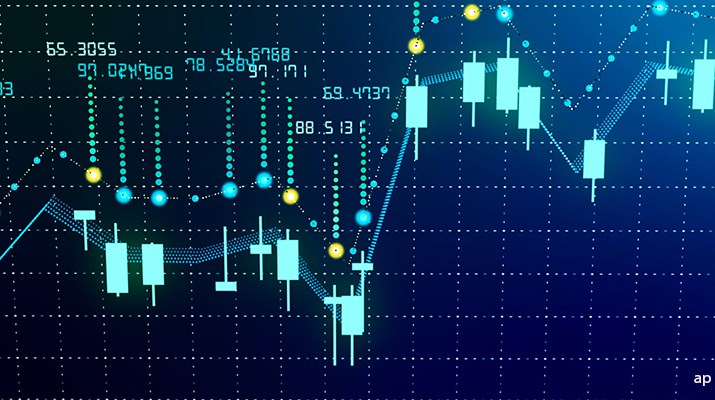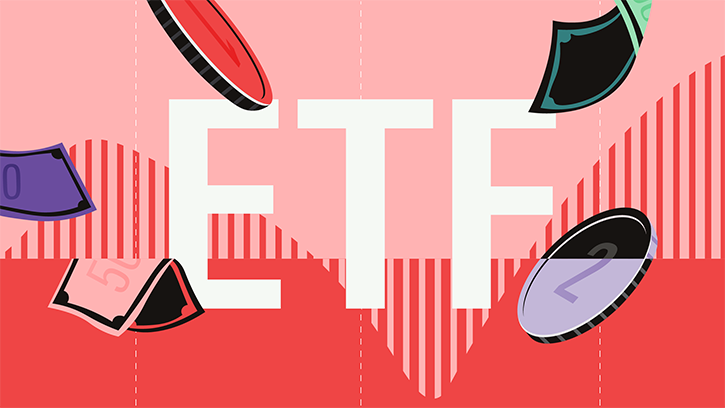
Some investors gloss over the "exchange-traded" in "exchange-traded fund" failing to understand or appreciate those two words and the implications of investing in a fund that trades like a stock. This is understandable as many of the largest ETFs are very liquid and trade close to their net asset value (NAV) through most market conditions. But not all ETFs are created equal, nor all market environments for that matter.
The mechanisms that underpin the ETF ecosystem have experienced hiccups of varying magnitude, ranging from the "flash crash" in 2010 and the early morning meltdown witnessed on August 24, 2015, when the Dow Jones dropped 1,100 points in the first five minutes of trading, to more sporadic episodes of lesser scope and impact. These events have served as painful reminders of why investors should exercise caution when buying and selling ETF shares.
It is always a good time to brush up on what constitutes best practice when transacting ETFs. Here, I provide some tips on how to best trade them:
Use Limit Orders
You should use limit orders, which specify the price you are willing to buy and sell at, when trading ETFs. Investors tend to use market orders – a transaction that is processed as quickly as possible – when time is of the essence and price is of secondary importance. Investors using market orders want to execute their entire order as soon as possible. For very large, very liquid ETFs that trade at the same time as their underlying securities, like Vanguard S&P 500 ETF (VUSD), market orders will likely result in fast execution at a good price. But most of the thousands of exchange-traded products on the market are smaller and less liquid than this ETF and may also trade out of sync with their constituent securities.
In all cases, using limit orders is good practice. Limit orders will ensure favourable execution from a price perspective. A buy limit order will fetch the buyer a price less than or equal to the limit price, while a sell limit order will transact at a price greater than or equal to the limit price. What is the potential cost of using limit orders? Time and incomplete execution. That is, it may take longer for a limit order to be filled than a market order, and when that time comes it might not be completely filled. These costs need to be weighed against the cost of being exploited by an opportunistic market maker looking to pick off market orders in thinly traded ETFs.
Trade When the Underlying Market is Open
If you are trading an ETF that invests in securities that trade in markets outside of your time zone, it's best to trade the associated ETF when its constituents are actively changing hands in their home market. If you trade when the overseas market is still open, for example in the US, it is easier for market makers to keep the ETF price in line with its NAV, as the stocks in its portfolio are still being bought and sold in real time. Some markets, like Japan, have no overlap with UK markets. That's where limit orders come in.
Don't Trade Near the Open - or the Close
It's best to avoid trading ETFs just after the opening bell: ETFs may take a while to "wake up" in the morning. For a variety of reasons, it takes some time for all of the securities (assuming they trade during normal market hours) in their portfolios to begin trading. Before all of an ETF's constituents are trading, market makers may demand wider spreads as compensation for price uncertainty.
It's also a good idea to avoid trading ETFs as the closing bell approaches. As the market winds down toward the end of the day, many market makers step back to limit their risk headed into the close. At this point, spreads tend to widen as there are fewer actors actively quoting prices.
In light of these considerations, it makes sense to wait about 30 minutes after the opening bell to trade an ETF and to avoid trading during the half hour leading into the market's close.
You Could Buy a Fund Instead
ETFs aren't for everyone. With costs falling for ETFs and index funds in recent years, the choice between an ETF and an index fund that track identical benchmarks can now be boiled down to matters of personal preference and circumstance. If you place no value on intraday liquidity, and you would prefer to forgo navigating the ins and outs of ETF trading, then an index fund tracking the same benchmark is likely a better choice for you.









.jpg)


















